The game F1 25 has been released, putting the genre back in the spotlight once again – Codemasters, with the support of EA Sports, has introduced the most ambitious racing simulator of recent years! Key innovations, improved physics, career mode, controls, and graphics. We will tell you all about the main racing simulator of the season in this article.
The project promises updated physics, all official tracks of the 2025 season, and a unique story campaign with a cinematic component. The new release is a logical evolution of the series and has already attracted the attention of both motorsport fans and professional esports racers.
What’s New in the Game F1 25?
The main feature is the revamped physics model. The behavior of the cars on the track now depends on weather conditions, tire wear, and aerodynamic settings. Every battle for position feels like real contact with the asphalt. Developers have focused on braking mechanics, response to load, and clutch operation, which is particularly valuable in a racing simulator.
The game F1 25 is out, and along with it comes an updated career mode! Players have control not only over the driver but also the entire team, including car settings, pit stop tactics, and working with engineers. This structure expands the classic concept of a racing simulator, adding elements of strategic thinking and analysis.
Updated Career System
The storyline revolves around a fictional character participating in the Formula 1 season, intersecting with real events. Throughout the career, the hero will have to make decisions that affect relationships with management, sponsors, and rivals. The character’s future depends on the choice of strategy and dialogue lines.
A new element is the crossover with a movie, where one of the key roles is played by Brad Pitt. The story is integrated into the game, with its fragments appearing as screens and videos between races. This approach adds a cinematic touch to the simulator while maintaining the strictness of racing discipline.
Key Gameplay Elements
The control mechanics have become significantly more complex. In addition to obvious functions like gas and brake, subtle parameters have been introduced: tire temperature, ERS usage, front and rear wing settings. This makes the gameplay multi-layered, requiring precise tuning for each race. The game F1 25 is out – and the first races already show that without preparation, overtaking opponents will not be easy!
New difficulty levels have also been added, making the game accessible to both newcomers and professionals. The ability to manually control the DRS system and adjust tire wear opens up prospects for deep simulation.
Highlights of Physics and Environment Innovations
Before the release, developers paid special attention to the authenticity of the environment. Track scanning was done using LiDAR technology, achieving maximum accuracy in conveying terrain relief and corner angles. Below is a list of key changes:
- improved rain and aquaplaning modeling;
- adaptive weather affecting grip;
- enhanced collision damage algorithms;
- updated engine sounds for all teams;
- more realistic shadows and reflections in night cycle tracks.
Each innovation enhances the sense of presence. The weather in Singapore feels like a humid mist, and at Spa-Francorchamps, it pours down as if from buckets. This level of detail has allowed the racing simulator to reach a new level of realism.
All Season Tracks – from Albert Park to Yas Marina
The game F1 25 has been released with a full set of licensed tracks. All 24 championship stages are presented, taking into account the latest calendar changes, including new track configurations and adjustments on sections undergoing repairs or reconstruction. Among them are:
- Albert Park (Australia);
- Jeddah (Saudi Arabia);
- Silverstone (United Kingdom);
- Monaco (Monte Carlo);
- Yas Marina (UAE).
The level of detail in the surrounding world is impressive: spectators react to race events, engineer conversations are heard from the pits, and helicopter flyovers add to the realism. All elements are meticulously crafted, making the F1 25 release a visually mature product.
Formats, Editions, and Pricing
The game is available in several versions. The standard edition includes basic functionality, while the deluxe edition offers career bonuses, unique costumes, and early access. Below is a list of available versions:
- standard version – includes access to all tracks and modes;
- deluxe edition – unlocks story inserts, customization, and in-game currency;
- Ultimate Edition – 3-day early access and exclusive customization items.
The review of the game F1 25 shows that pricing varies by region, and access is provided for both PC and current-generation consoles. Integration with Steam has been flawless, and users have already left hundreds of positive ratings.
Technical Performance
As soon as the game F1 25 was released, it immediately became a topic of discussion not only among fans but also among technical specialists. The engine optimization leaves a positive impression: even on mid-range systems, stable 60 frames per second can be achieved. The use of adaptive rendering and dynamic resolution has improved performance on weaker configurations.
Errors at release are minimal, but some users have reported rare bugs in pit stop animations and rear-view mirror functionality. Codemasters studio responded promptly, promising a patch within a week.
The Game F1 25 is Out and Has Already Won Hearts
The game F1 25 has finally been released – and it’s not just another annual update, but a truly new step in the development of racing simulators!
The project confidently demonstrates the maturity of the genre: improved physics, cinematic elements, expanded career mode, detailed track design, and thoughtful control mechanics make it a must-have for anyone who appreciates Formula 1 not only as a show but also as a discipline. In its class, the game sets a high standard and confirms its status as EA Sports’ flagship title.





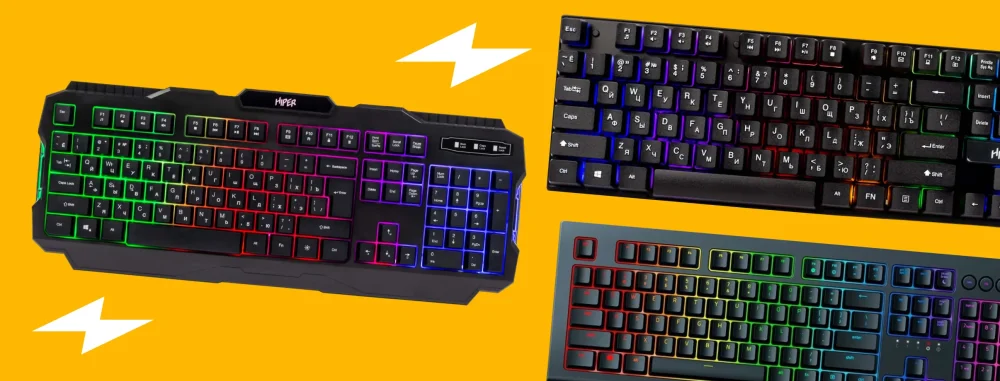

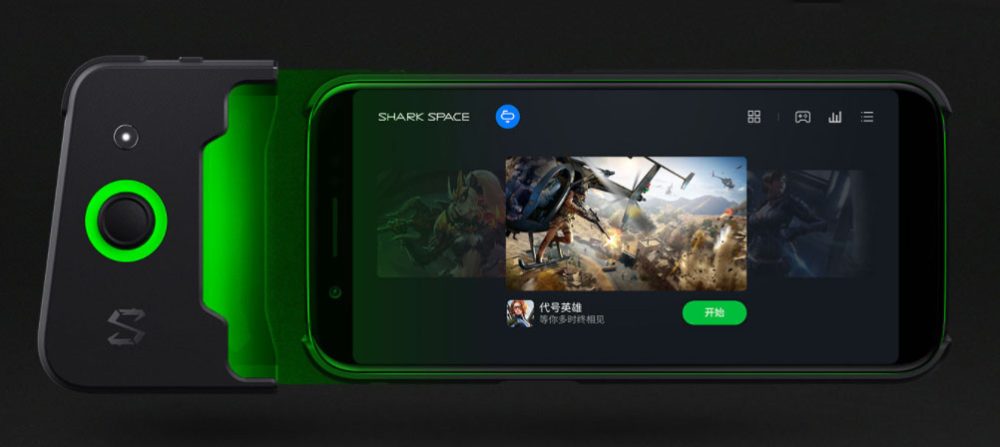

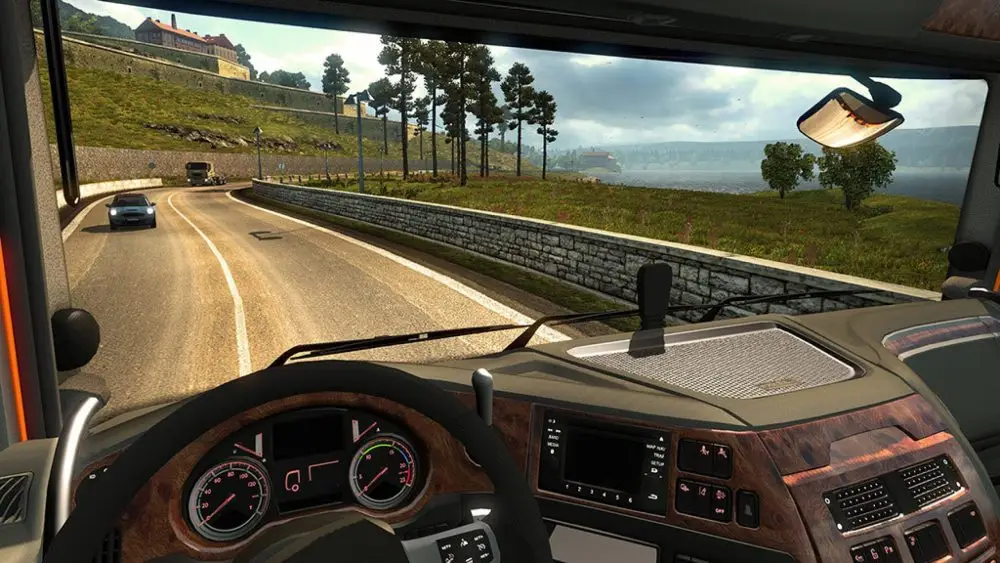
 Operating machinery requires attention and precision. The top 10 PC simulation games include Euro Truck Simulator 2 and Microsoft Flight Simulator 2020, which demonstrate the highest standard of technical realism.
Operating machinery requires attention and precision. The top 10 PC simulation games include Euro Truck Simulator 2 and Microsoft Flight Simulator 2020, which demonstrate the highest standard of technical realism.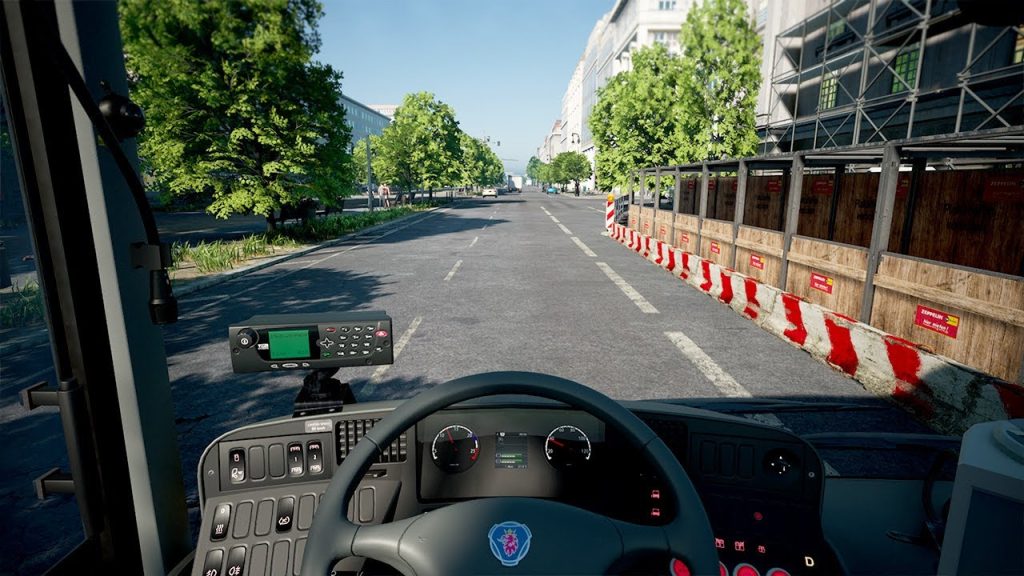 The TOP 10 simulation games on PC demonstrate how diverse and intellectually rich the gaming experience can be. Each project is a challenge to thinking, patience, and creativity. It’s not just a game, but an environment where players develop skills, test hypotheses, and observe the consequences. Simulations don’t provide ready-made solutions; instead, they create a space where choices matter. This is what makes them enduringly valuable and popular for years.
The TOP 10 simulation games on PC demonstrate how diverse and intellectually rich the gaming experience can be. Each project is a challenge to thinking, patience, and creativity. It’s not just a game, but an environment where players develop skills, test hypotheses, and observe the consequences. Simulations don’t provide ready-made solutions; instead, they create a space where choices matter. This is what makes them enduringly valuable and popular for years.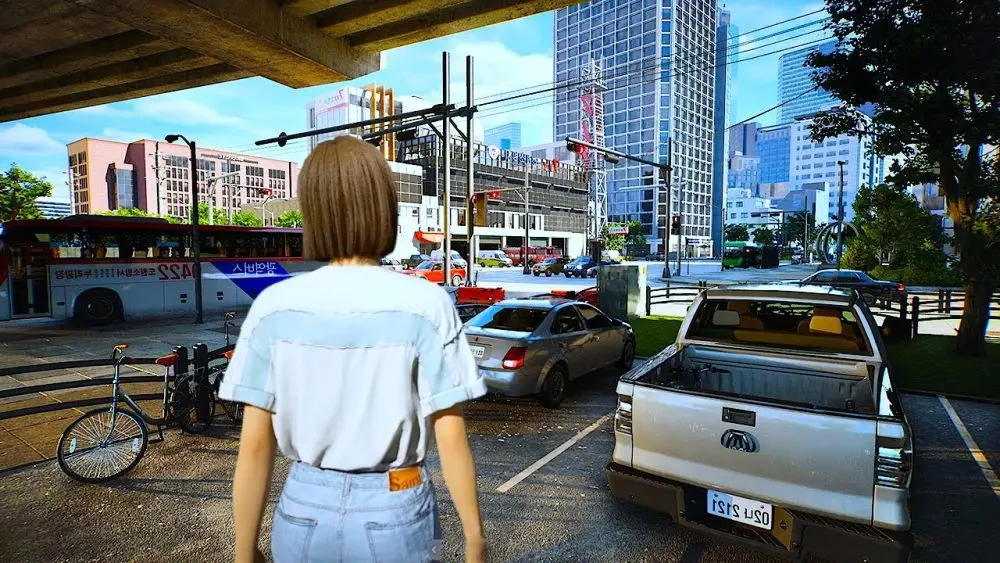
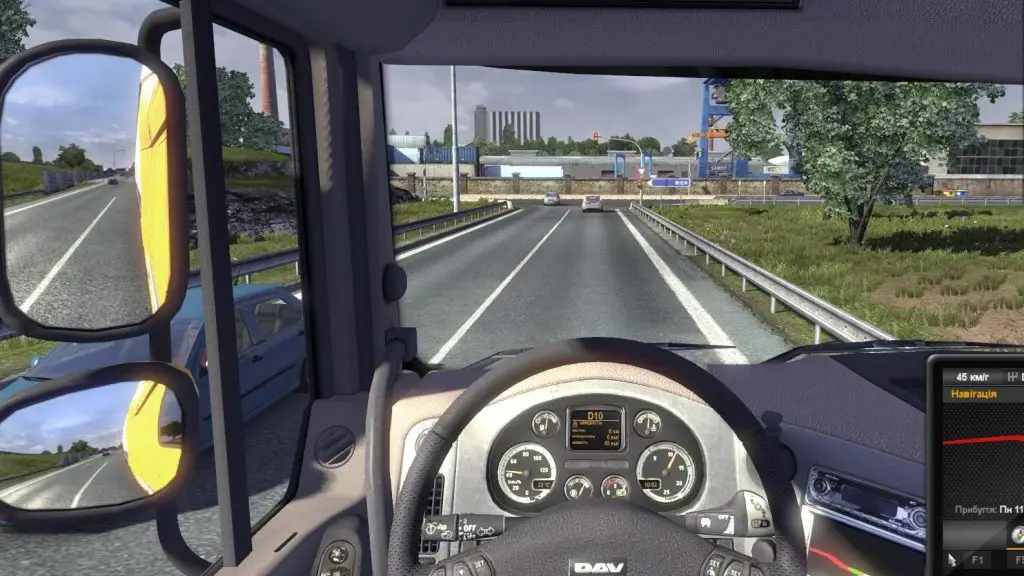 The next position in the TOP 10 PC simulators belongs to Euro Truck Simulator 2. Here, trucking takes on an almost philosophical depth. Driving a truck becomes a series of decisions: when to stop, how to plan the route, which roads to trust, and how to anticipate weather traps. The game values regularity and precision over speed. The nighttime highway with headlights in the fog, rain, crosswinds, and challenging interchanges create a realistic driving experience.
The next position in the TOP 10 PC simulators belongs to Euro Truck Simulator 2. Here, trucking takes on an almost philosophical depth. Driving a truck becomes a series of decisions: when to stop, how to plan the route, which roads to trust, and how to anticipate weather traps. The game values regularity and precision over speed. The nighttime highway with headlights in the fog, rain, crosswinds, and challenging interchanges create a realistic driving experience.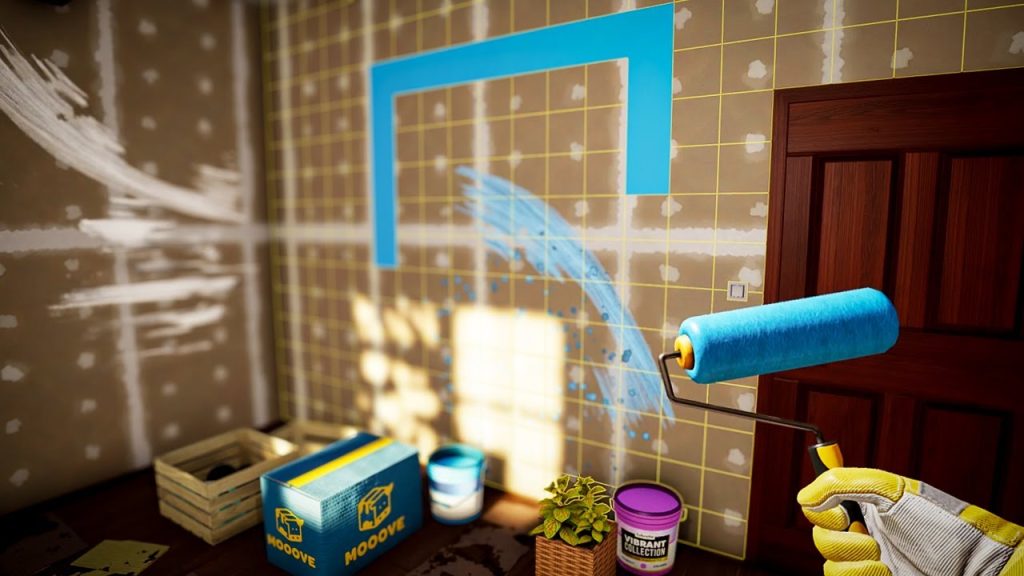 The simulation genre is no longer a niche. Today, it encompasses not only drivers and farmers, but also mayors, repairmen, astronauts, colonists, and even architects of human destinies. The top 10 PC simulation games demonstrate how precise mechanics, attention to detail, and an organic balance between realism and entertainment create a deep and multi-layered gaming experience.
The simulation genre is no longer a niche. Today, it encompasses not only drivers and farmers, but also mayors, repairmen, astronauts, colonists, and even architects of human destinies. The top 10 PC simulation games demonstrate how precise mechanics, attention to detail, and an organic balance between realism and entertainment create a deep and multi-layered gaming experience.
 The editor’s toolkit competes with a full-fledged appearance designer. The user controls the shape of the face, the distance between the eyes, the curve of the nose, the skin tone, the hair texture, and even the mobility of the joints. The wardrobe includes not only basic clothing but also the ability to combine styles and brands. The character designer allows you to set the gait, facial expressions, voice tone, and favorite actions.
The editor’s toolkit competes with a full-fledged appearance designer. The user controls the shape of the face, the distance between the eyes, the curve of the nose, the skin tone, the hair texture, and even the mobility of the joints. The wardrobe includes not only basic clothing but also the ability to combine styles and brands. The character designer allows you to set the gait, facial expressions, voice tone, and favorite actions. A full-fledged release will appear in the middle of 2025 with multiplayer, economy, career mode and quest system.
A full-fledged release will appear in the middle of 2025 with multiplayer, economy, career mode and quest system.
 Those who want to experience all the visual features of the project will need more powerful components. The recommended settings include an Intel Core i7-12700K or AMD Ryzen 7 7700X processor. The ideal configuration for RAM is 32 GB of DDR5, which will ensure the best smoothness and speed of the modulator.
Those who want to experience all the visual features of the project will need more powerful components. The recommended settings include an Intel Core i7-12700K or AMD Ryzen 7 7700X processor. The ideal configuration for RAM is 32 GB of DDR5, which will ensure the best smoothness and speed of the modulator. Despite the high system requirements for PCs, inZOI can already be considered one of the most anticipated new releases of 2025 in the life simulation genre. The graphics, gameplay, and realism of the characters are expected to exceed the expectations of even the most discerning players. It is important to prepare for the release of the project in advance, taking into account the minimum and recommended system requirements stated by the developers of inZOI.
Despite the high system requirements for PCs, inZOI can already be considered one of the most anticipated new releases of 2025 in the life simulation genre. The graphics, gameplay, and realism of the characters are expected to exceed the expectations of even the most discerning players. It is important to prepare for the release of the project in advance, taking into account the minimum and recommended system requirements stated by the developers of inZOI.





